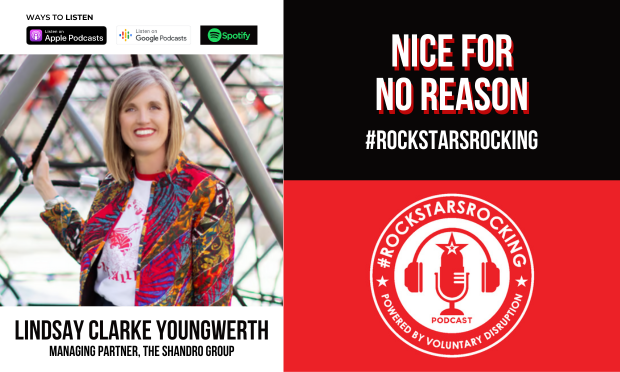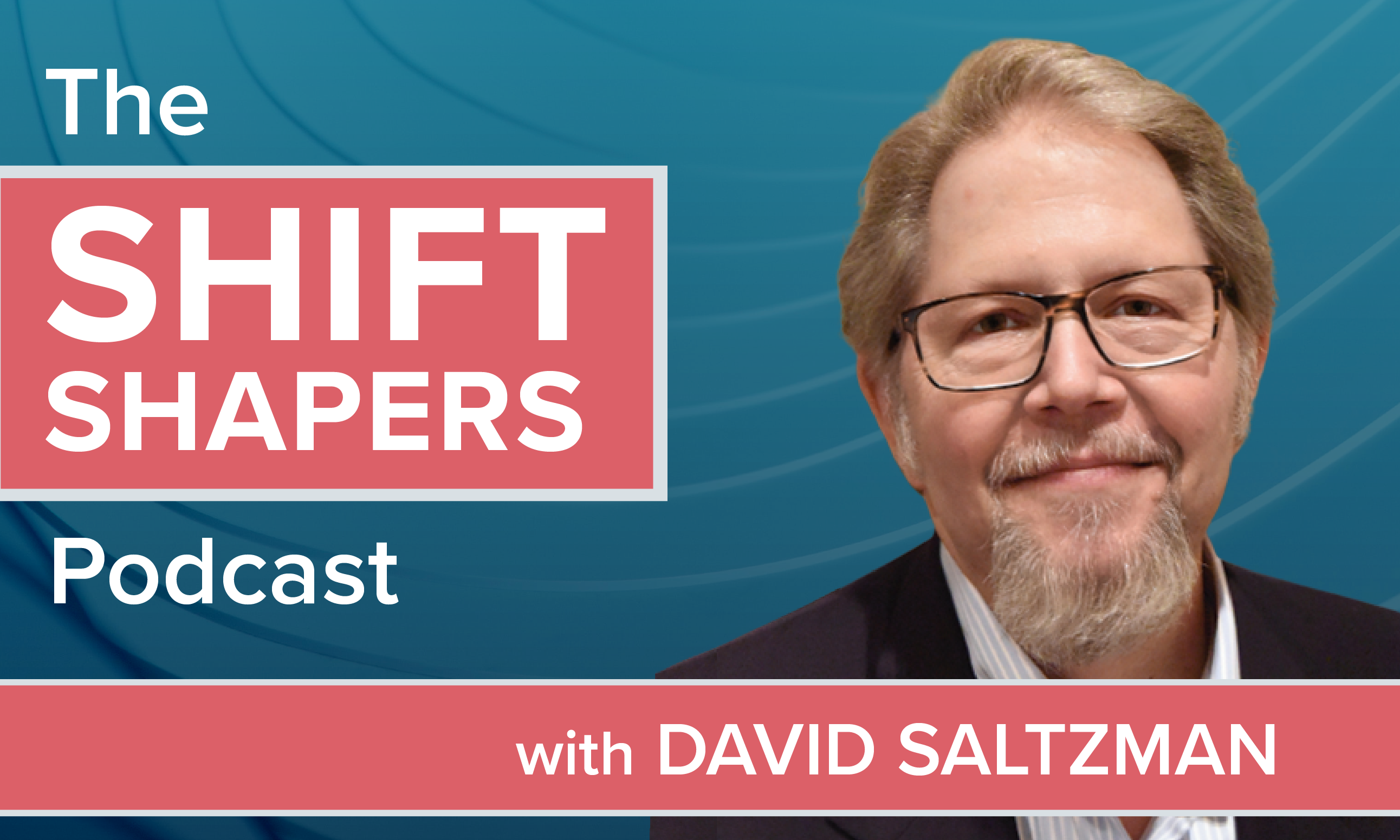 Fast-emerging competition,societal and lifestyle shifts, technological advances, and shiftingbusiness models are just some of the trends contributing to theenormous changes occurring in the workplace benefits landscapetoday. What's more, the speed of change that employers, brokers,and carriers will face in the future will only accelerate. In orderto remain viable, one important question needs to be answered: Howwill these stakeholders handle the challenges they face today andtomorrow?
Fast-emerging competition,societal and lifestyle shifts, technological advances, and shiftingbusiness models are just some of the trends contributing to theenormous changes occurring in the workplace benefits landscapetoday. What's more, the speed of change that employers, brokers,and carriers will face in the future will only accelerate. In orderto remain viable, one important question needs to be answered: Howwill these stakeholders handle the challenges they face today andtomorrow?
To help provide answers to this question and others, LIMRAinvited industry executives to openly discuss their views as towhere they believe the future of workplace benefits is headed.While these executives offered varied opinions as to the impactfuture trends would have on their businesses — given an increasingly diverse labor force and evolvingemployer-employee relationships — they agreed that past behavior isnot necessarily the best predictor of future success, and theindustry is becoming even more fragmented.
|Two issues that garnered much of the discussion revolved aroundthe future of the voluntary marketplace and technology.
|The future of the voluntary market
|Looking at the future of the voluntary market, industryexecutives expect that, despite demographic and workforce changes,employees will continue to look to their employers for benefits.However, they underscored the need to develop a betterunderstanding of the changes occurring within the workforce; inparticular, understanding the different needs of various employeegroups at different life stages.
|This is one area where advisors have an opportunity to bringgreater value to employers. Current LIMRA research shows that lessthan half of employers agree that their advisors provide them withsupport in meeting the needs of a diverse workforce.
|In addition, executives foresee the need to be flexible asemployer and employee expectations change. Given the varieddemographics of employees in the workforce, and the wide variety ofbenefits that might appeal to these different groups, employers maychoose to take a more modular or defined contribution approach tobenefits, in which employees are given a pot of money they canallocate to the benefits most relevant for them.
|If this were to occur, benefit communications and educationwould take on greater importance. The future success of this marketwill depend in large part on how well employees understand thebenefits offered and how they integrate with one another.
|Executives also predict the need for more flexibility aroundpremium collection methods. As payment methods evolve and newservices like Venmo gain traction, some customers may want to moveaway from payroll deduction, meaning carriers and brokerswill need to revise their business model to keep up with changingmarket conditions.
|Technology's impact on the future
|Technology continues to have a powerful impact on how employersmanage benefits. Traditionally, they have utilized technology forpayroll-deduction services. Today, however, nearly half ofemployers utilize technology to support human resources (HR)management functions, such as benefits administration andenrollment. And while technology is prevalent in all facets ofbenefits — marketing, sales, communication, enrollment, andadministration — executives agree that the pace of changetechnology provides will only increase in the future.
|These executives expect technology will have some of thegreatest impact on the small employer market, as changes intechnology will provide ways for carriers and brokers to reach andservice this market more efficiently. One way to accomplished thisis through "virtual broker services."
|Industry executives also foresee the brokers' role evolving as aresult of technology. They envision technology freeing brokers from certain tasks,while simplifying others. As a result, many services will beautomated, allowing brokers to expand their consultative servicesand move towards a fee-based approach.
|Moreover, employers will increasingly rely on brokers forassistance in understanding the changing regulatory environment, aswell as providing them with the information and trends they need tomake informed technology decisions. Since many HR professionalslack IT support, brokers' assistance in understanding the changingneeds of HR departments will only grow.
|The future is coming. The only question that remains is: Willthe industry be proactive or reactive to the changes ahead?
|Anita Potter oversees LIMRA's Workplace Benefits Researchprogram. With over 25 years of employee benefits researchexperience, Anita helps companies understand the trends affectingthe current employee benefits landscape.
Complete your profile to continue reading and get FREE access to BenefitsPRO, part of your ALM digital membership.
Your access to unlimited BenefitsPRO content isn’t changing.
Once you are an ALM digital member, you’ll receive:
- Critical BenefitsPRO information including cutting edge post-reform success strategies, access to educational webcasts and videos, resources from industry leaders, and informative Newsletters.
- Exclusive discounts on ALM, BenefitsPRO magazine and BenefitsPRO.com events
- Access to other award-winning ALM websites including ThinkAdvisor.com and Law.com
Already have an account? Sign In
© 2024 ALM Global, LLC, All Rights Reserved. Request academic re-use from www.copyright.com. All other uses, submit a request to [email protected]. For more information visit Asset & Logo Licensing.








